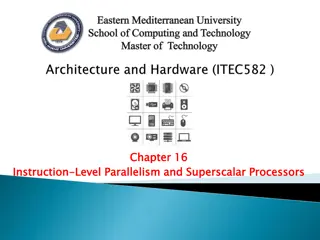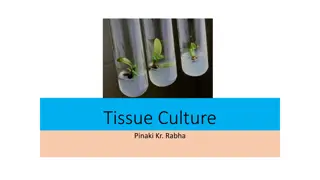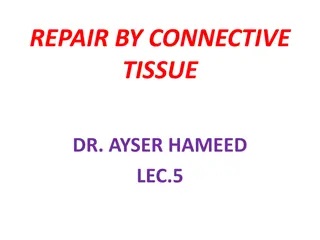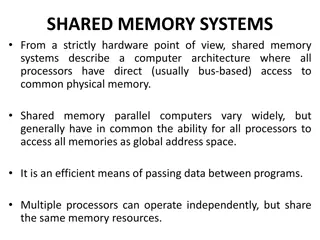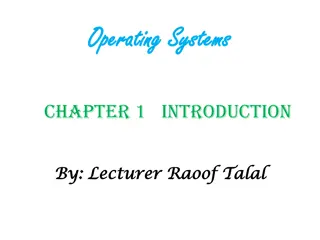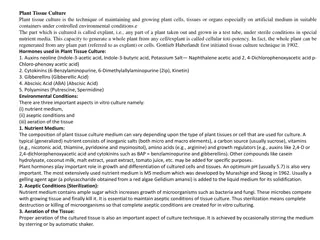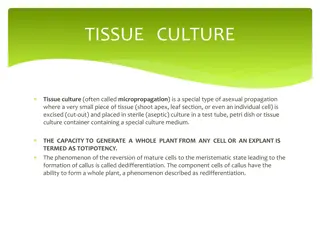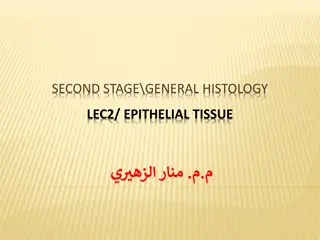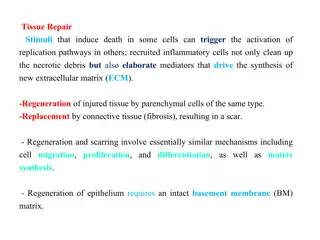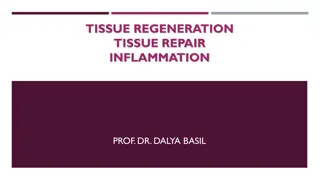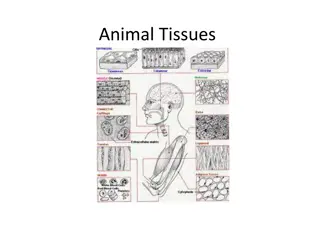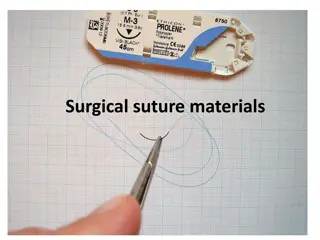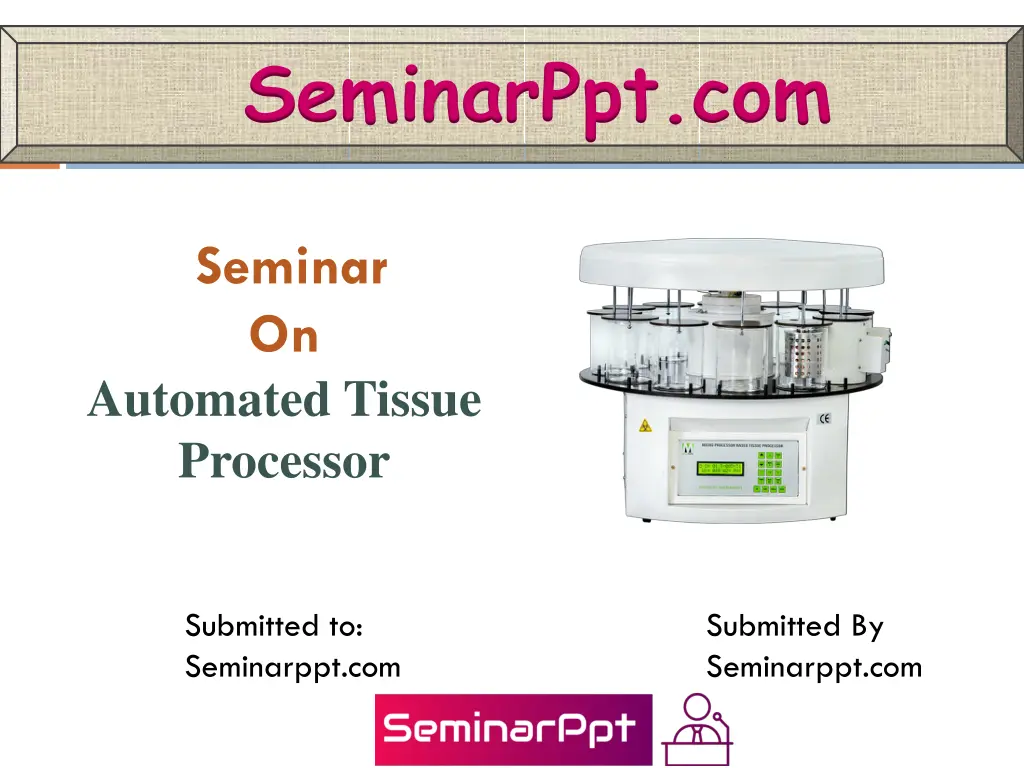
Understanding Automated Tissue Processors for Efficient Tissue Processing
Explore the world of automated tissue processors, sophisticated devices that streamline tissue processing steps for consistent and high-quality results. Learn about the workflow of tissue processing, advantages, challenges, future trends, and more. Discover how fixation, dehydration, clearing, and infiltration play crucial roles in this automated process.
Download Presentation

Please find below an Image/Link to download the presentation.
The content on the website is provided AS IS for your information and personal use only. It may not be sold, licensed, or shared on other websites without obtaining consent from the author. If you encounter any issues during the download, it is possible that the publisher has removed the file from their server.
You are allowed to download the files provided on this website for personal or commercial use, subject to the condition that they are used lawfully. All files are the property of their respective owners.
The content on the website is provided AS IS for your information and personal use only. It may not be sold, licensed, or shared on other websites without obtaining consent from the author.
E N D
Presentation Transcript
SeminarPpt.com Seminar On Automated Tissue Processor Submitted to: Seminarppt.com Submitted By Seminarppt.com
Content What is an Automated Tissue Processor? Workflow of Tissue Processing Advantages Comparative Analysis Future Trends in Tissue Processing Challenges Conclusion
What is an Automated Tissue Processor? An automated tissue processor is a sophisticated device that standardizes and automates the various steps involved in tissue processing. These devices have evolved from manual techniques to sophisticated machines that ensure consistent and high-quality tissue preparation. Various models and manufacturers offer different features, catering to specific needs in clinical and research settings.
Workflow of Tissue Processing Fixation: Stabilizes the tissue to prevent decay. Dehydration: Removes water from the tissue. Clearing: Replaces dehydrating agents with a medium that is miscible with the infiltration medium. Infiltration: Embeds the tissue in a medium (usually paraffin) that supports sectioning.
Fixation Process Fixation is the first and one of the most critical steps in tissue processing. It aims to preserve the tissue's structure and biochemical integrity. Common fixatives include formaldehyde and glutaraldehyde. Automated processors handle fixation by precisely controlling the exposure time and concentration of fixatives, ensuring uniform penetration and preservation.
Dehydration Process After fixation, the tissue must be dehydrated to remove water. This is achieved by immersing the tissue in a series of alcohol solutions of increasing concentrations. Automated processors use multiple alcohol stations and carefully control the timing of each dehydration step to prevent tissue shrinkage or distortion.
Clearing Clearing is the process of removing alcohol from the tissue and replacing it with a clearing agent, typically xylene. Clearing makes the tissue translucent and prepares it for paraffin infiltration. Automated processors manage this step with precision, ensuring complete removal of alcohol and optimal tissue transparency.
Infiltration Infiltration is the final step, where the tissue is impregnated with paraffin wax. The paraffin provides structural support, allowing the tissue to be thinly sliced for microscopic examination. Automated processors heat the paraffin to the appropriate temperature and alternate between vacuum and pressure cycles to achieve thorough infiltration.
Advantages Consistency and Reproducibility: Automation eliminates variability introduced by manual handling, ensuring uniform results across samples. Time Efficiency: Automated systems can process multiple samples simultaneously, significantly reducing turnaround time. Reduced Labor Costs: Automation reduces the need for manual intervention, allowing lab personnel to focus on other tasks.
Applications in Histopathology Diagnostic Histopathology: Routine examination of clinical samples for disease diagnosis. Research Applications: Preparation of research specimens for detailed study. Veterinary Pathology: Processing animal tissues for diagnostic and research purposes. Forensic Pathology: Examination of tissues in legal and investigative contexts.
Comparative Analysis Manual Processing: Labor-intensive, prone to variability, longer processing times. Automated Processing: Consistent results, reduced labor, faster turnaround. A cost-benefit analysis can further demonstrate the financial and operational benefits of transitioning to automated systems.
Future Trends in Tissue Processing Innovations in Automation Technology: Development of more advanced processors with enhanced capabilities. Integration with Digital Pathology: Automated processors integrated with digital imaging systems for streamlined workflows. Advancements in Reagents and Media: Development of new chemicals and media to improve processing quality and efficiency.
Challenges Initial Setup Costs: High upfront investment for purchasing and installing the system. Maintenance Requirements: Regular maintenance and potential for technical issues. Potential for Technical Issues: Dependence on technology means that any malfunctions can disrupt processing.
Conclusion Automated tissue processors have revolutionized histopathology laboratories, offering unparalleled efficiency, consistency, and safety in tissue processing. These sophisticated devices automate the complex steps of fixation, dehydration, clearing, and infiltration, ensuring high-quality results and enabling faster diagnostic turnaround times.
References Wikipedia.org Google.com Seminarppt.com Studymafia.org




